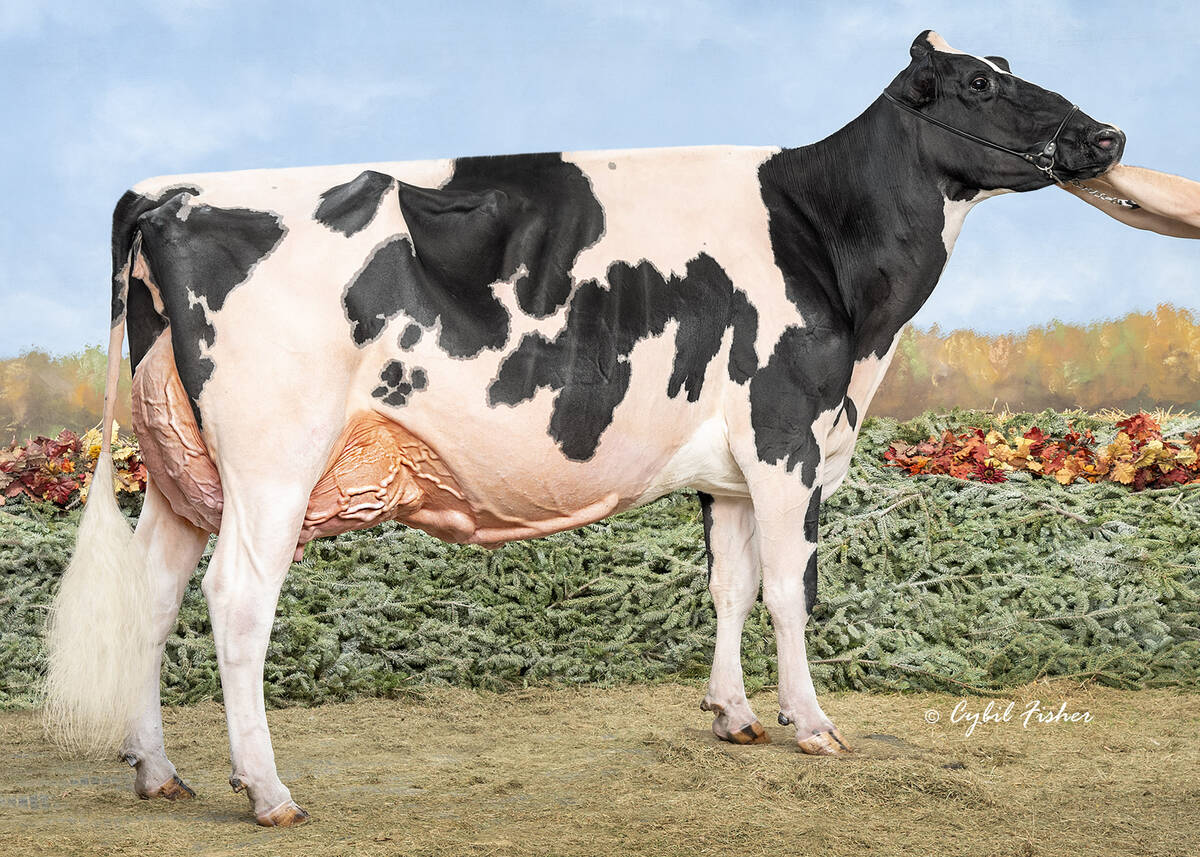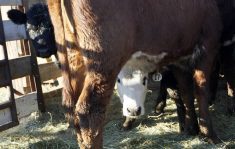FORT MACLEOD, Alta. – Advanced animal identification technology is coming to Alberta auction markets next year.
A pilot project to test electronic cattle identification readers at the Vold, Jones and Vold market in Ponoka, Burnt Lake Auction in Red Deer and the auction market in Fort Macleod is offering quick information transfer to track animal movement.
Such technology is something Alberta agriculture minister Doug Horner wants in every auction in the province. The system can provide extra information such as birth dates and calculate days to market, which the post BSE beef market is demanding.
Read Also

Saskatchewan dairy farm breeds international champion
A Saskatchewan bred cow made history at the 2025 World Dairy Expo in Madison, Wisconsin, when she was named grand champion in the five-year-old Holstein class.
“For the market we are involved in, we want something we can sell to the world,” he said.
The project involves Alberta Agriculture, the Canadian Cattle Identification Agency, private radio frequency companies and data processors. Initial work started last November at Agriculture Canada’s research centre in Lacombe, Alta., and has since moved to commercial settings.
Two panels with multi antenna radio frequency identification readers were installed in the chutes and as cattle were sorted to go into the sales ring, the readers captured the information from an electronic ear tag on each animal. A computer and wireless network sent the number back to the ID agency in Calgary and within two seconds provided the animal’s birth date if available.
The computer then tells buyers how many days are left to qualify the animal for marketing to Japan or the United States, which both require young cattle. The computer does not reveal the herd of origin.
The system on trial at Fort Macleod until December uses panels from Allflex and Digital Angel. AgInfo Link is providing the wireless computer connections and Viewtrak is linking the information from the identification agency to other information such as birth dates, sex, type of animal and livestock manifests.
So far the system reads about 98 percent of the tags. One obstacle occurs if two animals try to get through the chute at the same time, said John Basarab, who led the research in Lacombe.
The researchers also found young calves tend to bunch up as they move through the chute, making it harder to read their tags.
One of the most important features of the system for buyers is identifying age of cattle because packers need to know which are eligible for export.
“One of the first pieces of value is age verification,” said Jake Burlet of Viewtrak.
“If as an industry we have all the animal identification with a birth date as the lowest common denominator, that will put us in a much stronger marketing position.”
However, a birth certificate does not guarantee a market premium, even though buyers are looking for age verification.
Lethbridge cattle buyer and feedlot owner Steve Primrose said he has started paying more for age-verified cattle.
“The buzz is getting bigger that it is worth having age verification domestically, not just internationally,” he said.
“There will be premiums paid to diligent producers if they do the job.”
There have been concerns that packers are not fully equipped to read the new electronic ear tags and have not always relied on birth certificates.
Megan Gauley of the identification agency said part of the problem occurred when producers registered their cattle just before sales time and the information was not in place.
“We’re telling people not to leave it to the last minute,” she said.
So far 2.5 million Canadian animals have been age verified and Alberta accounted for about half that number. August was a record month with 65,000 registrations as producers prepared for fall feeder sales.















